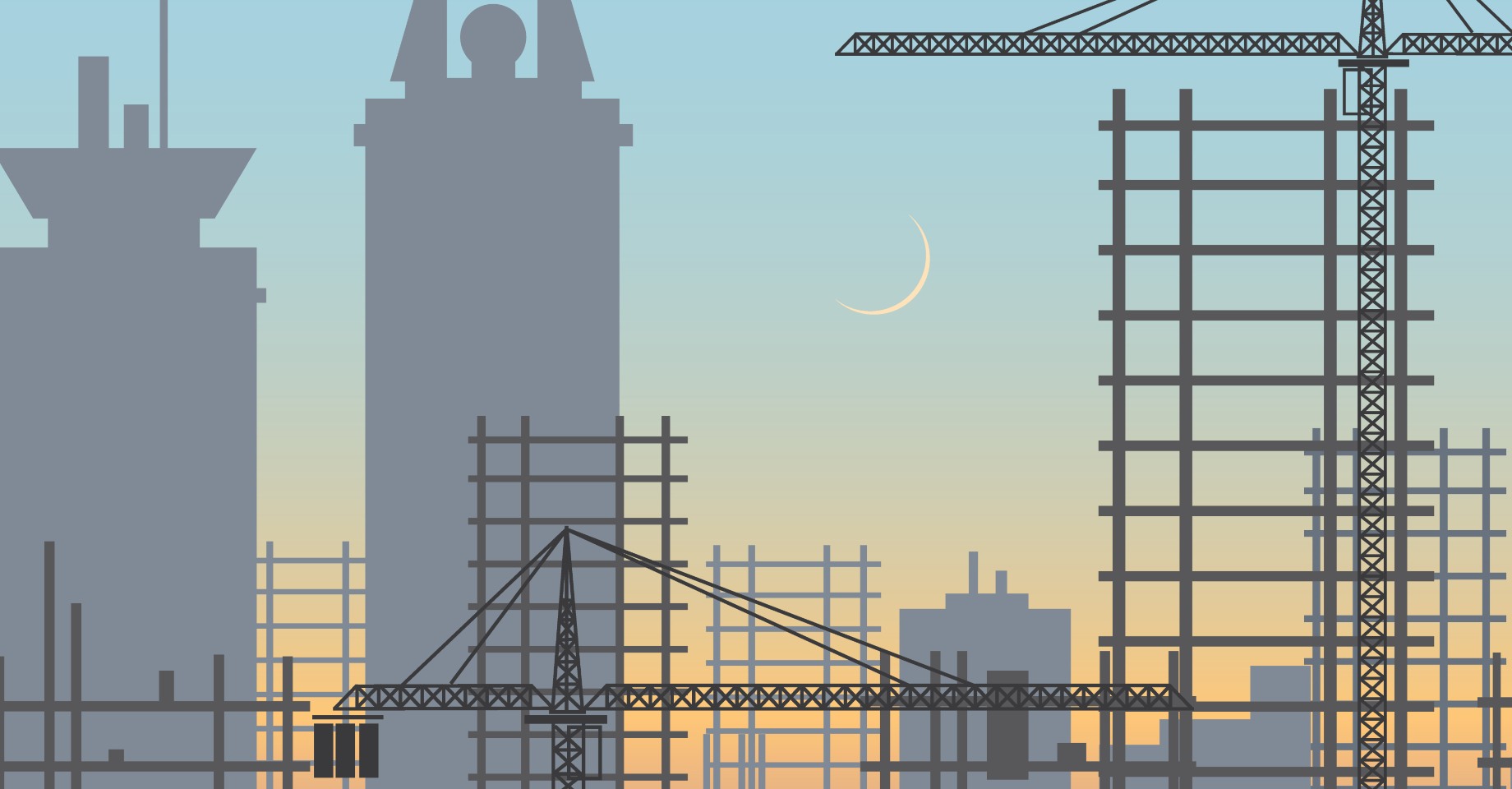Mixed-use real estate is quickly becoming one of the most popular asset classes. The property type is transforming urban landscapes and providing people with easy access to restaurants, retail, recreation, and more. Mixed-use properties have the potential to create dense walkable live-work-play environments that enhance the vibrancy of a city and community—but to create such a space, mixed-use developers must be intentional and thoughtful about the design.
Mixed-use real estate is not a new or novel concept in commercial real estate. Mixing uses in a single property has been around since shopkeepers lived above their storefronts, and as cities grew, combining uses was a natural way to maximize space. Developers have historically created mixed-use properties by simply placing two uses together, perhaps by adding ground-floor retail to an office or apartment building. Since these early iterations, mixed-use development has evolved substantially. Today, developers must take a multi-faceted approach to mixed-use design. The property should have a sense of place to serve a community, and each use should be aligned to add value to the project.
This approach is called placemaking, and it is the key to a successful modern mixed-use concept. Here is a closer look at placemaking, and how to integrate it into a new property.
What Is Placemaking?
Placemaking has become something of a buzzword for real estate developers. It has become so ubiquitous that its meaning has started to flatten. In the simplest definition, placemaking is a strategy to create a quality space within a community. Still, even the Michigan State University’s Land Policy Institute acknowledges, “The myriad uses of the term are sometimes confusing and contradictory, and this dilutes the value of the concept and undermines its utility in helping neighborhoods and communities imagine and create a better future.”
Placemaking helps to create a sense of place at a property, but it isn’t simply something that a developer “does”; it isn’t a task you can check off from a list. It is a thoughtful and measured approach to creating a property that serves a community and the people who will live, work, and play in the space. The term is used in public planning, policy, and zoning, but private developers must also deploy a placemaking strategy. Mixed-use properties with a sense of place are selective in choosing tenants and integrating amenities that serve the community’s residents and the property’s target demographic.
Creating a Community
Placemaking extends beyond the physical space. It establishes a micro-community on the property and helps to integrate it into the fabric of the larger community—and there is demand. Global architecture firm Gensler has found that creating a sense of place contributes significantly to creating a better experience at a property. Quality design contributes to the experience, but so do the tenants, events, services, and amenities. Gensler says, “By serving diverse populations and a wider range of functions, they create dynamic and inclusive spaces that people want to be part of.”
It is a lofty goal; to achieve it, developers should think about the complete experience at the property. First, begin with the user. Developers should know the demographic group using the property—the more specific the better—what they need and how they will use the property. Then, the developer can create an intentional design that will align with those needs and wants to optimize function and value for the end user. Next, developers must aim to create round-the-clock engagement. Creating a draw to the property at all times of the day through things like services, amenities, and events helps to create a sense of belonging, a place where tenants want to be.. Finally, mixed-use properties should include public community spaces that draw people in from the outside, not only those people who have to come to the property. By creating public spaces, the property creates energy and vitality, and it becomes a landmark in the community.
Rethinking the Traditional Real Estate Proposition
Creating community doesn’t happen overnight—and placemaking isn’t something that can be accomplished from start to finish during construction. While the strategy must begin during construction with a thoughtful design that enhances the experience, ultimately, it is an ongoing effort. For that reason, developers must rethink the traditional investment timeline and return profile of a property. Placemaking and the success that comes with it happen over a longer-term investment horizon—and it requires the investment of time as well as capital.
For developers that get it right, there is a tremendous benefit. As Gensler’s research shows, “mixed-use projects present more optimal returns on investment since they lease for higher values and are more flexible to pivot during economic downturns.” Research from JLL found that the lease premium is significant, with office tenants paying as much as 25% higher in rents for properties that offer a mixed-use component than those that do not. Multifamily properties also garner a rental premium, and they benefit from faster lease-up timelines and reduced tenant attrition.
Placemaking has also transformed the developer’s primary job. Rather than focusing simply on executing the physical construction of a property, through the concept of placemaking, developers become visionaries. They create spaces where people can live, work and thrive. It isn’t an easy transition, but technology tools like Northspyre can help by automating the low-value administrative tasks that often consume a developer’s time. Northspyre manages contracts, invoices, and budgets and compiles the information in a central command center where developers can easily track a project’s progress and glean valuable insights to achieve targets and investment objectives. With Northspyre handling the day-to-day management of a project, developers can focus on placemaking strategies that improve the vibrancy and long-term value of the property.
Discover how Northspyre can help your development team refine budgeting, reporting, and project management. Book a demo today!



